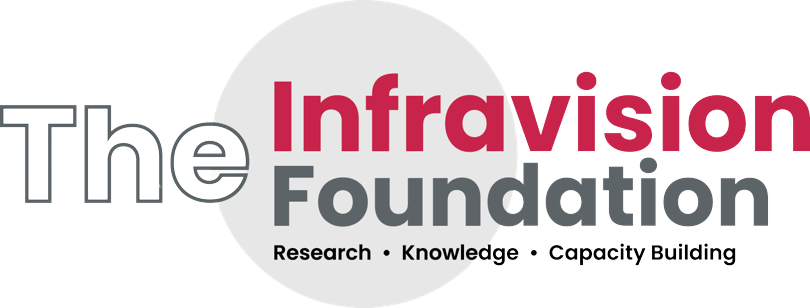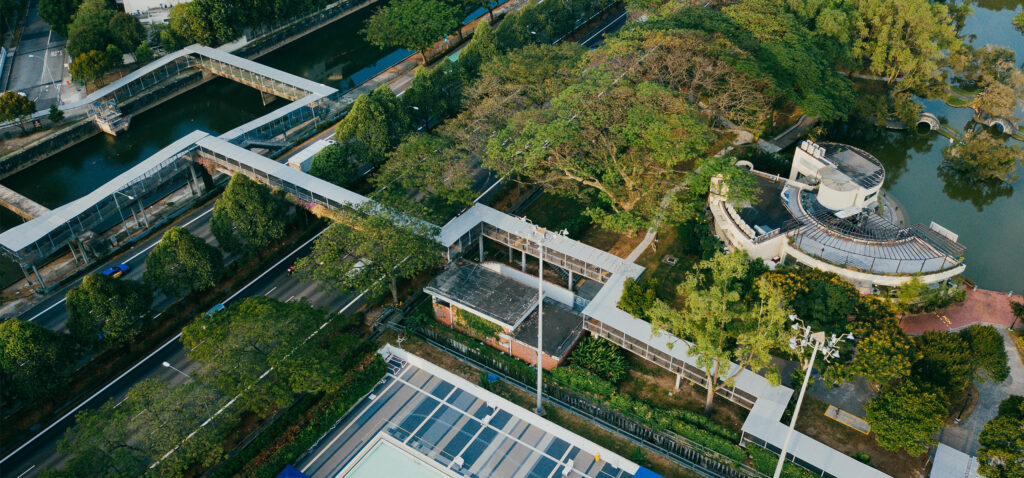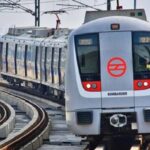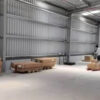It not only drives resource efficiency but also improves the economics of infrastructure projects.
Back-of-the-envelope estimates suggest that capturing 25% of Delhi’s intracity freight traffic, Delhi Metro could earn an additional INR 750 cr. p.a. and generate a margin of INR 270 cr. while displacing nearly 17,000 small goods vehicles from the city’s roads and reducing carbon emissions by nearly 3.2 million tons. That’s the power of multi-utility infrastructure!
The infrastructure and construction sectors account for a significant share of the world’s consumption of material resources. One way to address our ever-increasing resource challenge is to ensure that infrastructure is conceived, developed, and operated from a resource-efficiency mindset. Multi-utility infrastructure can drive significant resource optimization.
 |
|
Source – Global Resource Outlook, 2019 (UNEP) |
Resource extraction has already reached unsustainable levels globally. The Global Resource Outlook 2019 of UNEP highlights that the extraction of material resources from the earth has grown 340% since 1970. The bulk of this resource extraction was non-renewable (marine animals, non-farmed timber, fossil fuels, metal ores, and non-metallic minerals).
Infrastructure and construction are particularly resource-intensive. They account for nearly half the world’s material resource footprint. It is estimated that $1 bn in infrastructure investment consumes ~50,000 tons of steel; ~300,000 tons of cement; 1,000,000 tons of sand and ~1,750,000 tons of gravel and crushed stone.
With the estimated annual investments at about $3.9 trillion on global infrastructure and $5-6 trillion on building construction through 2040, we are staring at the demand for 500 million tons of steel, 3 billion tons of cement, and 28 billion tons of sand and aggregates annually. This is staggering at the least.
This issue of resource efficiency has been acknowledged. The current efforts focus on better maintenance, demand-responsive planning, and the utilization of recycled materials. For example, UNEP proposes the following pathways towards resource-efficient infrastructure:
- Retrofitting and maintenance of existing infrastructure to potentially reduce investments by up to 15%
- Integrated systems-level approaches e.g., improved transportation infrastructure to reduce fuel needs
- Use of nature-based solutions e.g., the use of natural ponds to treat raw sewage and wastewater
- Use of innovative, and disruptive technologies e.g., reuse of previous structures in new buildings
However, the ability of an asset to be multi-utility and drive resource efficiency is overlooked.
Most infrastructure is currently designed for a single primary purpose. A highway asset is typically built to carry passenger and goods vehicles. Several components of the asset remain under-utilized – e.g., the land under the highway, or the air space above it. As an exception, infrastructure assets such as urban roads often double up as carriers of various utility lines to support the distribution of water, electricity, sewage, telephone and data lines.
We propose that current and future infrastructure be developed as multi-utility. We define multi-utility when:
- The project assets are used for purposes beyond the primary purpose (secondary purposes), with no or small incremental investments
- Any such incremental investments for the secondary purpose are lower than if the infrastructure was created as a greenfield
- This asset usage for secondary purposes doesn’t adversely impact the primary purpose and may provide additional benefits
Designing infrastructure for multiple uses can thus deliver several benefits – resource efficiency and sustainability; improved economics and additionalities.
Let’s look at some examples of multi-utility infrastructure:

We applied this principle to the Delhi Metro to see the impact. In 2023, Delhi has an estimated intra-city goods movement at ~83,000 tons, utilizing ~68,000 vehicles for movement. These vehicles not only drive congestion on the city’s already over-burdened roads but being predominantly CNG-fueled, also add to global warming via higher emissions of greenhouse gases.
Delhi Metro is the country’s most extensive system, with 12 lines covering a total of 390 km track length and serving 286 passenger terminals across the National Capital Region. The network served 2.52 million passenger rides daily in FY-22. Traffic operations earned revenues of INR 1,976 cr., and incurred an operating loss of INR 1,251 cr.
As a multi-utility infrastructure, shifting the intracity freight traffic to Delhi Metro’s network can enhance the network’s revenues significantly and reduce losses while contributing to a massive reduction in the small goods vehicles on the city’s roads. This initiative can leverage existing track infrastructure and will require relatively small incremental investments for dedicated goods terminals with associated warehousing facilities at major traffic origin and destination points; and dedicated freight rolling stock. The benefits of such usage are huge as indicated above.
Designing and operating multi-utility infrastructure not only drives resource efficiency and sustainability but also significantly improves the economics of infrastructure projects. It’s time to take this seriously before we run out of resources.
| Read the Blog here |
By Nitin Zamre And Mukesh Khandelwal
[Nitin Zamre is the Chief Operating Officer at The Infravision Foundation
Mukesh Khandelwal is the founder, PSmith Advisors LLP]



